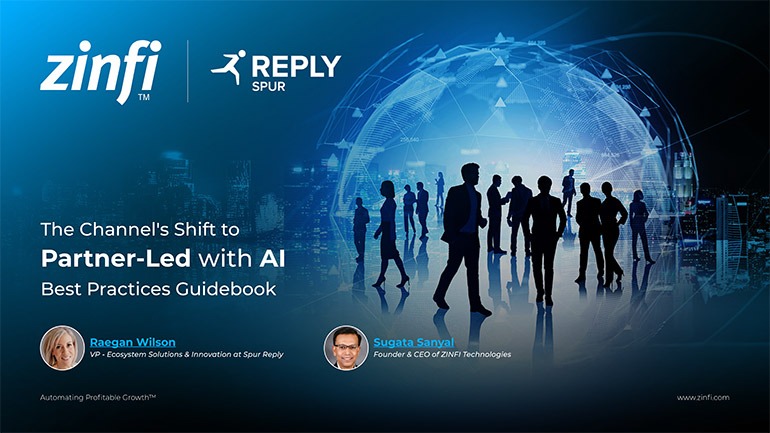Best Practices Articles

Drive Revenue Growth with a High-Performance Partner Ecosystem Powered by PRM Software
PRM software is essential for managing and optimizing complex partner relationships from the outset. A high-performance partner ecosystem drives sustainable revenue growth. Modern companies grow sustainably by creating a strong partner network. This network works well with their market strategy.
The partner ecosystem becomes the company's core mechanism for influencing the decentralized customer journey. Organizations that treat their partner ecosystem as a strategic asset gain a significant market advantage. They shorten sales cycles, increase deal size, and boost customer satisfaction. They coordinate partners to align with every step of the buyer's journey. This alignment changes partners from transactional agents into long-term revenue drivers. It needs structure, clarity, collaboration, and continuous optimization. A scalable partner ecosystem relies on coordinated channel sales, specific partner enablement, and shared visibility into goals and outcomes. It also requires understanding how partners help customers evaluate, implement, and expand product use. Companies that master this orchestration grow predictably. Those who ignore it fall behind.
1. Why Revenue Growth Demands a Modern Partner Ecosystem
The traditional sales model cannot keep up with today’s buyers. Companies relying only on internal sellers miss opportunities. This is especially true in global or niche markets. A modern partner ecosystem opens access to new segments. It offers trusted voices where internal reach ends. Buyers consult third parties well before talking to vendors. They trust advisors, consultants, systems integrators, and peer reviews.
The partner ecosystem must position these voices to support the company’s value proposition. It must also align partners with specific steps in the customer journey. These steps include discovery, evaluation, implementation, and renewal. When aligned correctly, the partner ecosystem increases top-line revenue. It also reduces customer acquisition costs. Referral partners generate high-intent leads. Resellers close mid-market deals more efficiently. Integrators ensure product adoption. Every participant helps grow the business.
Revenue leaders must design an ecosystem architecture that reflects this complexity. Revenue growth speeds up when the partner ecosystem acts as a go-to-market multiplier. Businesses must define ecosystem roles by value contribution. They should not use arbitrary tiers or outdated commission models. They must measure performance beyond just sales. This includes influence, acceleration, retention, and expansion.
Ecosystem-centric organizations assign ecosystem roles by influence level, geographic relevance, or technical differentiation. They assess which buyers each partner influences. They also look at how partners deliver post-sale value. They identify alliances that expand share-of-wallet. This strict analysis prevents redundancy. It ensures each partnership contributes meaningfully to growth.
2. Structuring Channel Sales for Ecosystem Impact with PRM Software
Channel sales teams are impactful when they act as ecosystem strategists. Their role is more than just relationship management. Their job goes beyond onboarding and reporting. They activate the partner ecosystem by aligning external contributors with internal objectives. High-performing channel sales teams define partner success based on shared pipeline growth. They also focus on aligned messaging and joint execution.
They coordinate co-selling motions. They enable field collaboration. They manage cross-functional alignment with marketing, product, and success teams. Every channel manager becomes a strategic operator. These teams map the ecosystem to market segments. They identify the correct type of partner for each opportunity. These types include referral, resale, integration, and co-innovation.
They prioritize partners based on ICP alignment and go-to-market fit. They measure success by contribution to revenue, not just deal registration. Channel sales teams also build accountability through transparency. They use shared KPIs, collaborative forecasts, and joint review cycles. They clarify partner engagement. The best channel sales leaders build scalable revenue engines. They do this through trust, data, and joint execution, not just pushing quotas.
Advanced teams formalize partner operating models. They document roles, handoffs, and escalation paths. They host ecosystem kickoffs and run integrated QBRs. They treat partner alignment as a planning discipline, not an informal handshake. This helps them scale predictably. A robust PRM software can facilitate these actions by providing a centralized platform for managing partner relationships, tracking performance, and automating key processes.
3. Partner Enablement as a Revenue Growth Engine with PRM Software
Enablement either makes or breaks a partner ecosystem. Companies that treat it as a one-time event lose engagement. Organizations that treat it as a continuous journey build high-performing ecosystems. These ecosystems drive sustained revenue. Effective partner enablement starts with understanding the partner’s role in the customer journey.
Co-sell partners need discovery frameworks and objection-handling tools. Service providers need implementation playbooks and success metrics. Referral partners need clear messaging and automated lead sharing. Companies that build modular, real-time enablement scale partner performance. They deliver content using buyer language, not just product features. They equip partners to lead conversations, not just generate leads.
The best programs simulate real deals. They provide instant feedback. They offer use-case-specific tools. Enablement also includes strategic alignment. Ecosystem leaders must guide partners in positioning bundled offers. They help with pricing strategies and building value cases. They must co-develop playbooks and co-create content. They also share success stories.
They must evolve the partner ecosystem from a sales arm into a strategic growth driver. Leading organizations embed enablement into partner portals. They automate follow-ups. They offer knowledge checks and certify partners in role-based paths. They assign coaches. They turn onboarding into activation and training into execution. They measure outcomes in partner-led ARR, not just completion badges. PRM software can be the central hub for delivering and managing all partner enablement content and activities.
4. Aligning the Partner Ecosystem with the Customer Journey through PRM Software
Growth happens when the partner ecosystem mirrors the customer journey. Each phase requires different partner contributions. These phases are awareness, evaluation, selection, implementation, and renewal. Companies that understand these dynamics activate the right partners at the right time.
Thought leaders and influencers shape awareness. ISVs and cloud marketplaces drive consideration. Systems integrators guide configuration and adoption. Customer success partners ensure ongoing value. Every touchpoint becomes a revenue opportunity if orchestrated intentionally.
Mapping this journey needs data, not just theory. Companies must analyze how different partners affect sales velocity. They also look at deal size, conversion rates, and retention. They must monitor how long buyers stay in each stage. They track which partner actions move them forward. Top-performing companies measure how partners affect customer decisions. They do not guess. They connect ecosystem actions to outcomes.
They adjust partner strategies accordingly. This visibility allows for more intelligent resource allocation. It leads to better planning and predictable revenue forecasting. They also define partner goals per stage. Influencers may drive engagement. Integrators drive time-to-value. Support providers reduce churn. Companies codify these impacts into KPIs. They reward ecosystem participants based on contribution, not just close rate. PRM software helps track and analyze these metrics, providing valuable insights into partner performance throughout the customer journey.
5. Embedding the Ecosystem into the Go-To-Market Strategy with PRM Software
Companies that separate their ecosystem from their go-to-market strategy miss out on growth. Ecosystem integration must happen at every level. This includes planning, execution, measurement, and optimization. Revenue leaders must involve partner teams in annual planning. They must align on market segmentation, product prioritization, and campaign design. They also align on growth forecasting.
They must co-own strategic outcomes, not just tactical metrics. At the execution level, partner touchpoints must appear in sales cadences. They should also be in campaign flows and onboarding playbooks. Partners must join enablement sessions. They receive campaign assets and participate in product roadmap reviews. They must move in sync with internal teams.
For measurement, companies must track both direct and partner-influenced revenue. They must analyze co-sell win rates and partner-sourced pipeline velocity. They also look at integration stickiness and joint customer satisfaction. They must capture this data across systems. They provide insights to all stakeholders. Finally, ecosystem optimization must be an ongoing motion.
Quarterly reviews must include partner performance. They should also cover go-to-market alignment and ecosystem health. Leaders must continuously evaluate which partnerships to scale, fix, or retire. They must operate the partner ecosystem as a core function, not an afterthought. Operationalizing this means funding ecosystem growth. Companies create partner growth roles. They invest in partner marketing and sponsor multi-partner campaigns. They drive vertical GTM with partner bundles. They integrate field sellers into partner plays. They make partner success everyone’s responsibility. PRM software streamlines these processes, ensuring seamless partner ecosystem integration into the overall go-to-market strategy.
Conclusion
The Power of PRM Software in Ecosystem Orchestration A high-performance partner ecosystem drives sustainable revenue growth. It integrates into the buyer’s journey. It scales channel sales impact and deepens customer value. It empowers external voices to influence, close, and expand accounts. This happens with credibility and agility.
Organizations that elevate the partner ecosystem redefine how they compete. They move it from a support function to a strategic growth lever. They invest in continuous enablement. They align partner roles with buyer needs. They treat ecosystem execution as a business discipline. They measure performance holistically and act on insights. They grow not just with partners but because of them.
The next era of go-to-market leadership belongs to companies mastering ecosystem orchestration. They will outperform through trust, scale, and collaboration. They will thrive through shared value. They won’t just sell to customers; they will build with partners. That ecosystem will drive future growth. Leading companies will treat the partner ecosystem as a growth engine, not a support model. They will invest in co-marketing, co-development, and shared success measurement. They will win loyalty from buyers and partners. These buyers and partners will choose them as their growth platform. PRM software is crucial for achieving this mastery, providing the tools and insights necessary for effective partner management and ecosystem growth.
Best Practices Guidebook
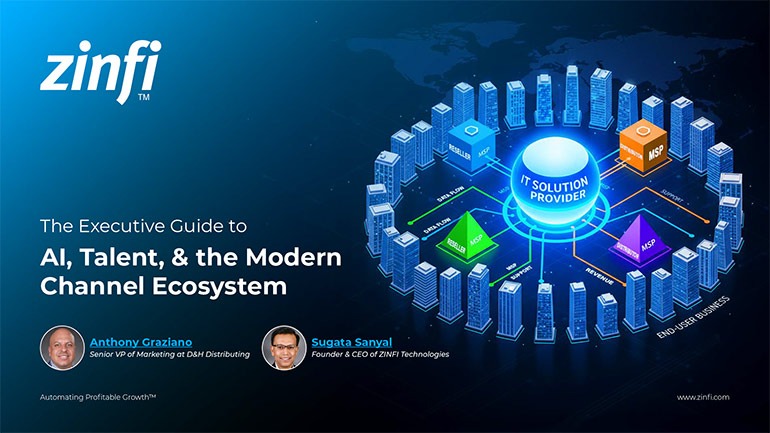 Modernizing Channel Marketing: AI and Ecosystem Enablement Best Practices
Modernizing Channel Marketing: AI and Ecosystem Enablement Best PracticesDownload for FREE
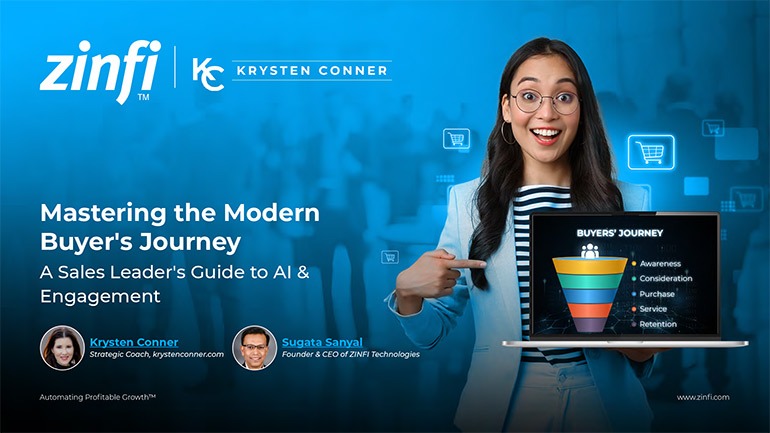 The Channel’s Shift to Partner-Led With AI Best Practices
The Channel’s Shift to Partner-Led With AI Best PracticesDownload for FREE
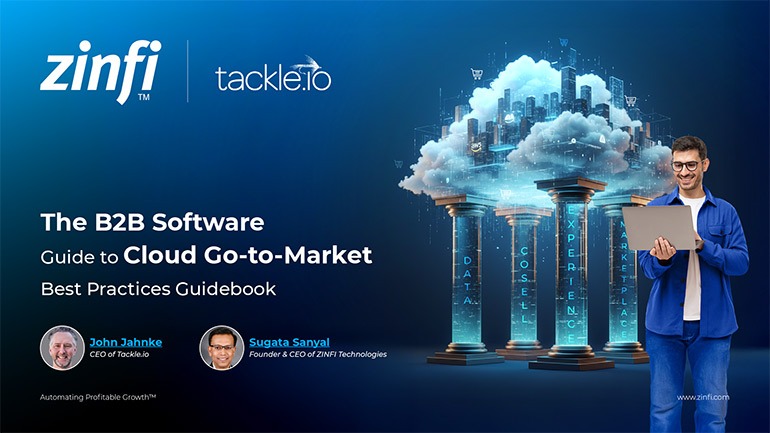 Hyperscalers, ISVs, and AI: Shaping the Future of B2B Software Distribution
Hyperscalers, ISVs, and AI: Shaping the Future of B2B Software DistributionDownload for FREE
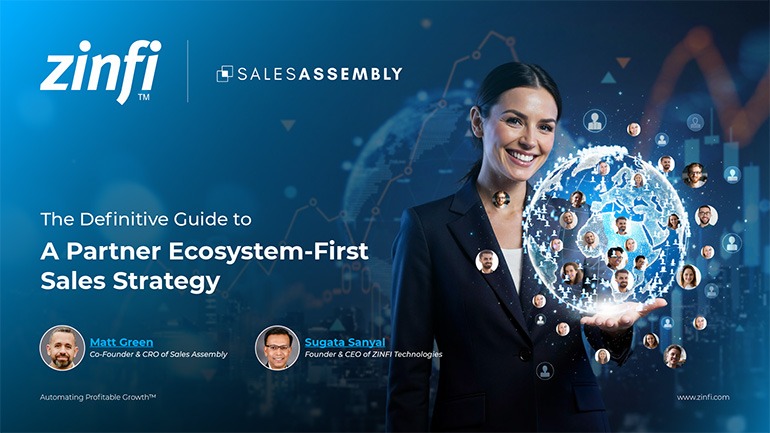 Definitive Guide to a Partner Ecosystem-First Sales Strategy
Definitive Guide to a Partner Ecosystem-First Sales StrategyDownload for FREE
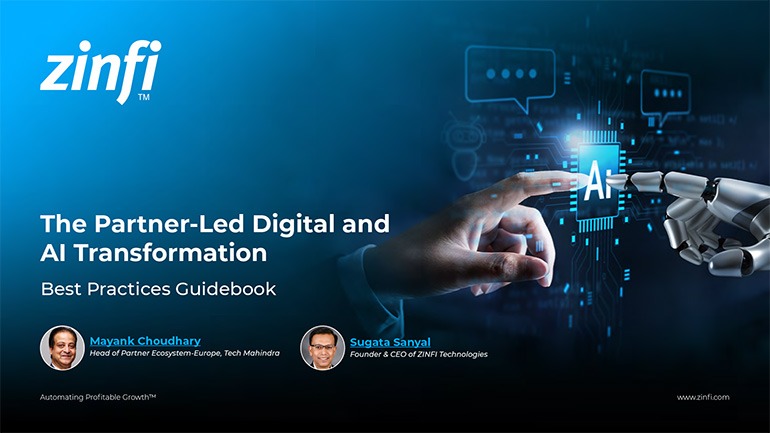 The Partner-Led Digital and AI Transformation Best Practices
The Partner-Led Digital and AI Transformation Best PracticesDownload for FREE
 Startup Talent Recruitment: Hiring Missionaries, Not Mercenaries
Startup Talent Recruitment: Hiring Missionaries, Not MercenariesDownload for FREE
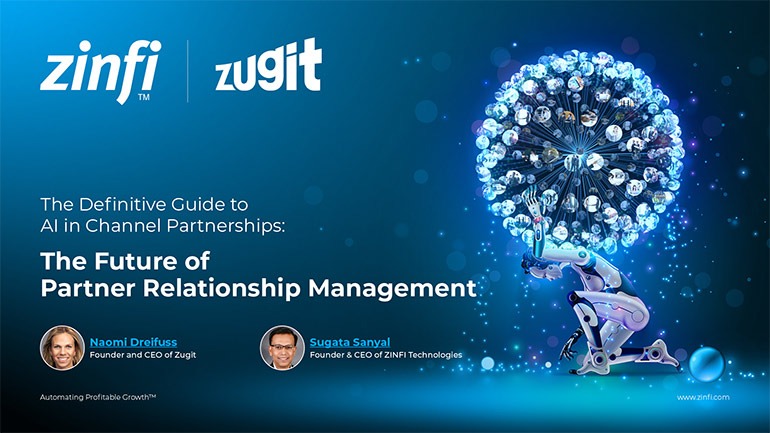 The Future of Partner Relationship Management with AI in Partnerships
The Future of Partner Relationship Management with AI in PartnershipsDownload for FREE
 Cybersecurity for the 99%: Strategies from the Frontline
Cybersecurity for the 99%: Strategies from the FrontlineDownload for FREE
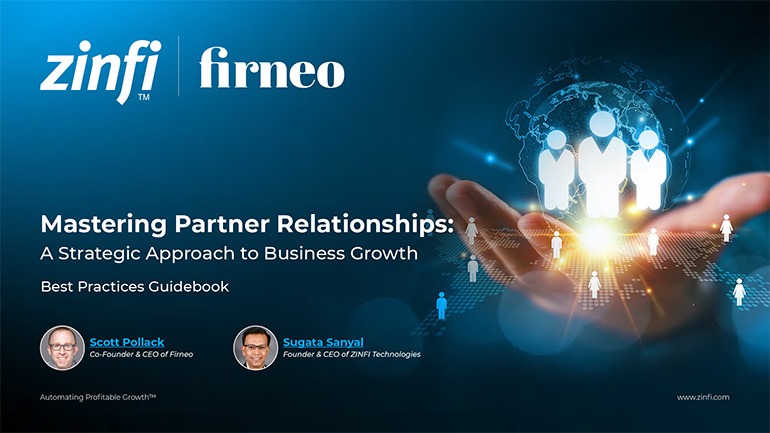 Mastering Partner Relationships: A Strategic Approach to Business Growth
Mastering Partner Relationships: A Strategic Approach to Business GrowthDownload for FREE
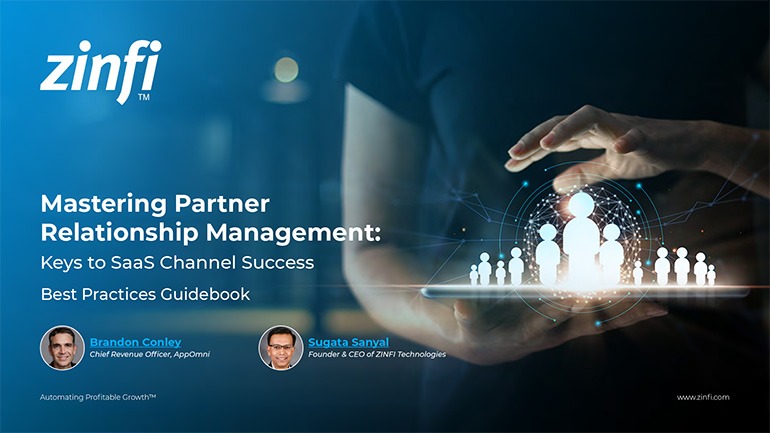 Mastering Partner Relationship Management: Keys to SaaS Channel Success
Mastering Partner Relationship Management: Keys to SaaS Channel SuccessDownload for FREE
 Navigating the AI Revolution: Guide for Partners in the Microsoft Ecosystem
Navigating the AI Revolution: Guide for Partners in the Microsoft EcosystemDownload for FREE
 Mastering the Modern Buyers Journey: Sales Leader’s Guide to AI & Engagement
Mastering the Modern Buyers Journey: Sales Leader’s Guide to AI & EngagementDownload for FREE

